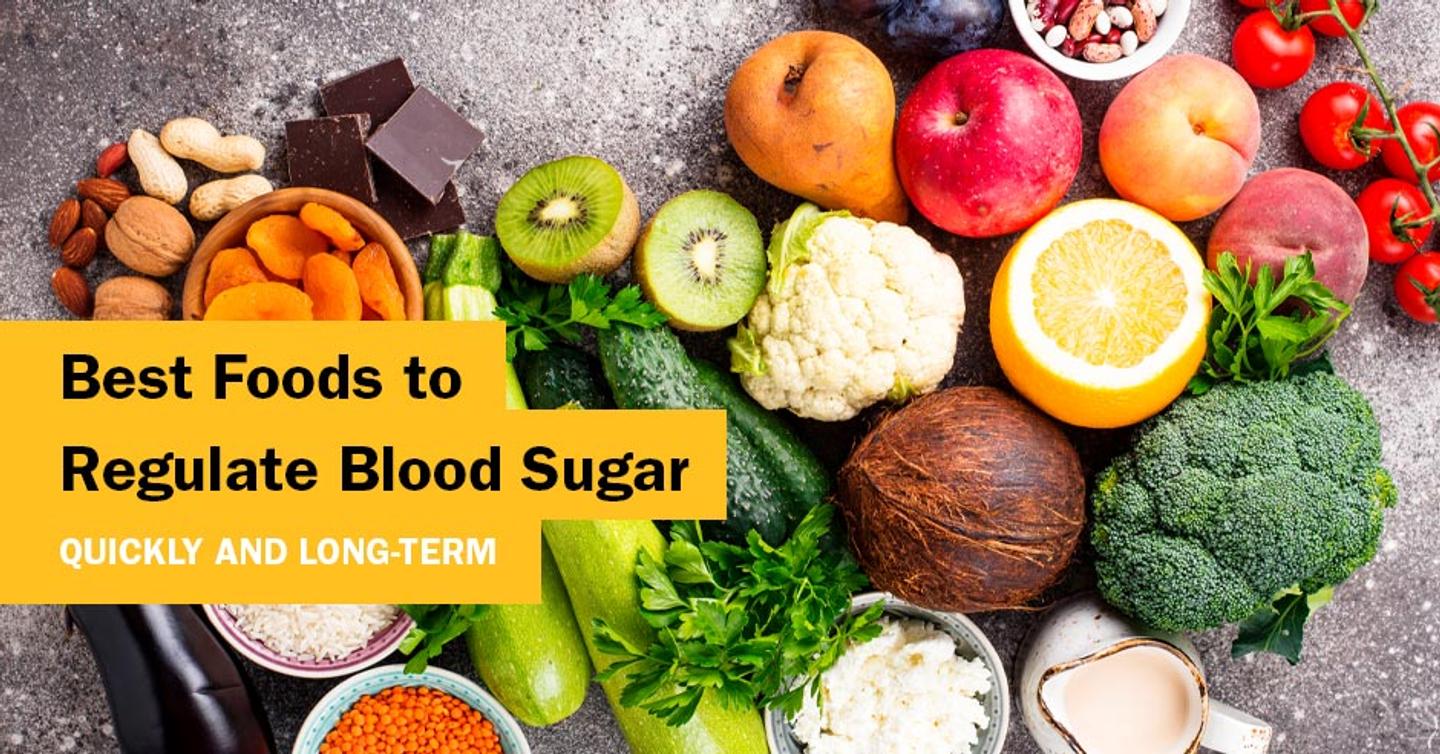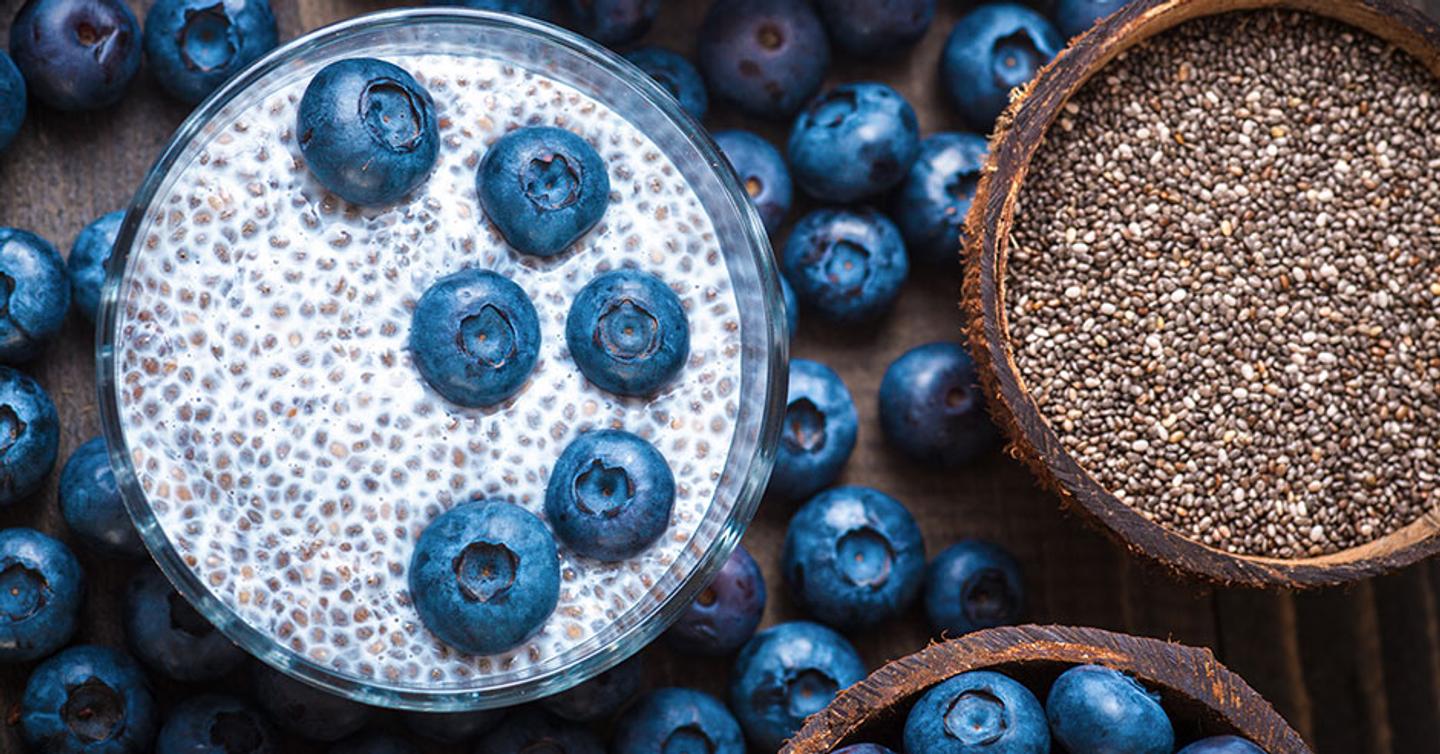
Best Foods to Regulate Blood Sugar Quickly and Long-Term
Reading Time: 6 minutes 27 seconds
BY: ISSA
DATE: 2021-11-09
Food is discussed often in the fitness industry. Trainers talk regularly about how a healthy diet contributes to weight loss, for instance. This might involve creating a calorie deficit or helping clients get results with carb-cycling. Sometimes this talk gets a bit more in-depth, such as discussing how much protein is necessary for muscle growth.
Another factor to consider when it comes to food is the impact it might have on a client’s sugar levels. While this may seem secondary to ensuring that they consume the right amount of each macro and micronutrient, for a good portion of your clients, food’s ability to raise or lower blood sugar levels is critical to good health.
Diabetes: A Disease with High Prevalence & Low Awareness
More than one in ten people in the U.S. (10.5%) have diabetes mellitus, better known as just diabetes, according to the 2020 National Diabetes Statistics Report. Diabetes exists when blood glucose or blood sugar is too high. This condition is a result of the body not making or efficiently using insulin, which is a hormone that helps the body use glucose in foods.
There are three main types of diabetes:
Type 1 diabetes. With type 1, the body doesn’t make any insulin at all. So, people with this type need to take insulin each day simply to survive. Type 1 diabetes is typically diagnosed early in life, appearing in childhood or young adulthood.
Type 2 diabetes. Type 2 diabetes is the most common and generally appears later in life. With this type, the body has trouble making and using insulin efficiently. Sometimes, type 2 diabetes can be prevented or treated with lifestyle changes. Among these changes are eating a healthier diet, losing weight, and increasing physical activity.
Gestational diabetes. Some women develop diabetes during pregnancy. This is referred to as gestational diabetes and generally goes away once the baby is born. Though, it does increase your risk of developing type 2 diabetes some time down the road according to the National Institute of Diabetes and Digestive and Kidney Diseases.
It should be noted that the prevalence rate of diabetes is slightly higher when you look at adults only, coming closer to 13% for individuals aged 18 years and up. But what makes this condition even more problematic is that an estimated 21.4% of adults with diabetes aren’t even aware that they have it.
The Centers for Disease Control and Prevention (CDC) adds that almost triple this amount—roughly 34.5% of U.S. adults—have prediabetes. Prediabetes exists when you have high blood sugar levels but they don’t rise to the level needed to be diagnosed with diabetes. This precursor to diabetes is more common in people with some level of insulin resistance or insulin sensitivity.
Effects of a Blood Sugar Level That Is Too High or Low
What happens when you have consistently high blood sugar? Initially, you may notice that you urinate a lot and feel thirsty more of the time says the Mayo Clinic. You might even experience blurred vision, fatigue, and headaches.
If high blood sugar continues untreated, symptoms include nausea, dry mouth, weakness, abdominal pain, and confusion. Severe instances of high blood sugar can also lead to coma.
Conversely, people can also experience effects related to low blood sugar. Among them are irregular heartbeat or fast heartbeat, shakiness, and sweating. Pale skin, anxiety, hunger, and irritability are also signs of low blood sugar. So too are tingling or numbness in the face (lips, cheeks, and tongue).
This is important to know if you exercise or train people who work out. That’s because exercise pulls blood glucose to fuel the workout. Longer or more strenuous sessions can deplete blood sugar not only during the exercise but also long after it has ended.
How Food Helps Stabilize Blood Sugar When Exercising
Food supplies the glucose you need to power through your workout. It helps stabilize your blood sugar by ensuring that you have enough to support the increase in physical activity. This also prevents it from dropping too low.
Maybe you’ve experienced this firsthand. Think back to a time when you exercised after having a small snack. Compare this to how you felt after working out at the end of an intermittent fast. You likely recognize differences in your levels of energy and maybe even in your ability to recover post-exercise.
Or perhaps you felt light-headed or nauseous after exercising on an empty stomach. This could be a result of low blood sugar. Changes in diet can help relieve this effect, which some people do with help from the glycemic index.
Understanding the Glycemic Index
The glycemic index (GI) is a rating system used to classify a food’s effect on blood sugar, primarily when that food is eaten alone. The higher the food’s classification, the greater its ability to cause a blood sugar spike.
This system uses a scale of 0 to 100:
1 to 55 = low glycemic food
56 to 69 = medium glycemic food
70 to 100 = high glycemic food
The National Library of Medicine indicates that high GI foods can be troublesome for people with diabetes. This is because these food items make it more difficult to control this disease. Instead, aiming for foods that are lower on the index makes it easier to keep blood sugar stable.

Best Foods to Regulate Blood Sugar Long-Term
There are a few foods that are low-to-medium on the GI scale. These can help you keep a healthy blood sugar level long-term.
Complex Carbs
While you may think that any type of carbohydrate is out of the question, this isn’t true. Some carbs are healthier than others. For example, complex carbs are better for blood sugar control than a refined carbohydrate food.
Choosing carbs with a high fiber content can keep you fuller longer. Research shows that it also delays gastric emptying. This can keep your blood sugar from spiking. It may even improve your metabolic profile. In one study involving patients with type 2 diabetes, those consuming a soluble fiber noticed metabolic improvements in just four weeks.
Chia seed is a carb with a high fiber content. One ounce supplies around 10 grams of fiber. For a comparison, you’d have to eat two apples to get this amount.
What does a blood sugar-friendly diet look like with regard to carbs? The American Diabetes Association (ADA) recommends filling half of your plate with a non-starchy vegetable. Cucumbers, tomatoes, and green beans all fall into this category.
Additionally, keep your starchy vegetable intake to a minimum. These vegetables include corn, peas, and sweet potatoes. Starchy fruit should be limited too. This means apples, strawberries, and cantaloupe.
Refined carbs should be eaten sparingly. Cakes, cookies, and chips all fall into the refined carb category. So do white rice and sugary drinks.
Healthy Fat
The ADA further stresses that fat is an important component in a diabetic diet. This is because fat serves many purposes in the human body. It stores energy and supports cell growth, for instance. It also cushions your organs while keeping your body warm during colder months.
You don’t want to increase your intake of just any fat, though. Ideally, you want to consume more unsaturated fats while decreasing your intake of trans or saturated fat. Unsaturated fats help reduce bad cholesterol while promoting good cholesterol. This reduces your risk of heart disease and stroke.
A good high-fat food is fatty fish. Choose one high in omega 3 and it’s also good for your heart. Fish high in omega 3 fatty acids include salmon, tuna, herring, and lake trout. The American Heart Association recommends consuming two servings per week.
Other healthy fats include avocado, nuts, and, again, chia seeds. Use olive oil on your salads and during cooking to further increase your intake of healthy fats.
Foods to Boost Blood Sugar Quickly
If blood sugar bottoms out, you want to bring it up quickly. This sometimes means eating foods that you’d typically avoid because they cause your blood sugar to spike.
In cases such as this, the University of California, San Francisco (UCSF) recommends consuming one of these options:
A small amount of candy (12 gummy bears, 6 large jelly beans, 15 Skittles)
One tablespoon of honey or sugar water
Drinking half a cup of juice or one cup of fat-free milk
Eating higher-sugar fruit (banana, apple, raisins)
As a trainer, it may also be helpful to have glucose tablets or glucose gel on hand. These can be given to a client quickly, returning their blood sugar to healthier levels.
USCF adds that, if you want to bring blood sugar up fast, stay away from foods that also contain protein or fat. These foods don’t raise blood sugar quickly enough when levels are really low (below 70 mg/dl).
Blood sugar control is important for people with diabetes. It may also be critical for clients who don’t disclose that they have diabetes or prediabetes. Remember: they might have either condition and not even know.
If you want to learn more ways to help your clients with blood sugar issues, ISSA offers Health Coach certification. This course teaches you how to work with a variety of physical health conditions, from diabetes to heart disease and more. It also discusses effective ways to improve health and wellness when a mental health condition exists. With this certification, you’ll be able to help clients reach their goals, no matter what their obstacles.